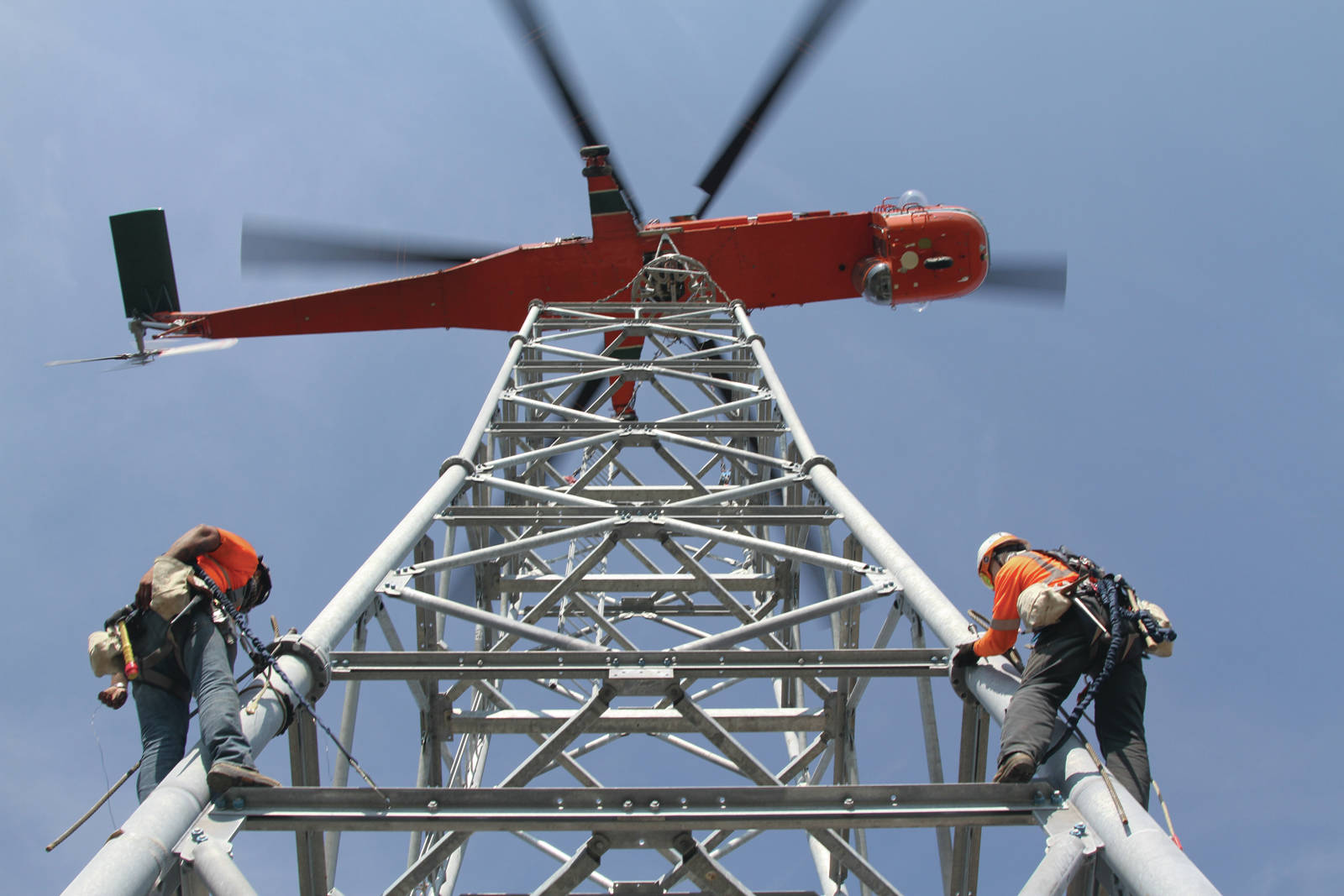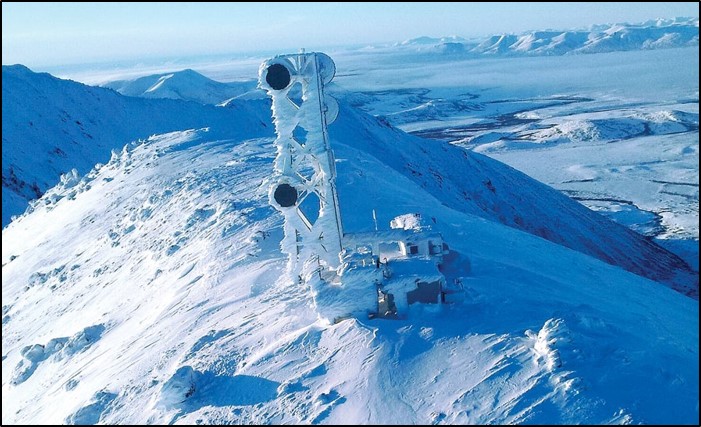An innovative solution to accommodate rural Alaska’s terrain brings thousands of Alaskans broadband internet.

PROJECT LOCATION:
Rural Alaska
THE PROJECT:
Rural Alaska covers 395,000 square feet and is home to 60,500 people, most of whom are Alaska Natives, the region’s aboriginal people. Residents of rural Alaska have historically received their phone, internet, and television services over high-cost and high-latency satellite connections and approximately 80% of rural Alaska residents do not have broadband internet.
Alaska’s terrain makes it extremely difficult to bury the traditional fiber-optic cables that are used to carry broadband signals into the home. In 2009, telecommunications company General Communication Inc. (GCI) began creating an alternative network known as Terrestrial for Every Rural Region in Alaska (TERRA). Rather than relying solely on fiber-optic cables, TERRA is a hybrid of both fiber-optic cables and a network of microwave towers. More than six years and $300 million later, GFI had lain over 400 miles of both submarine and terrestrial cable and built 109 microwave towers. Due to Alaska’s terrain, the towers had to be either flown or barged in, with 23 requiring installation to mountaintop sites via small fleets of helicopters.
If built in the contiguous United States, TERRA would stretch from Washington, D.C., to Seattle. This staggering project was made possible by a patchwork of federal grants, loans, and subsidies, as well as the American Recovery and Reinvestment Act. Today, 45,000 residents in 84 rural villages have access to broadband internet. An additional $15 million in NMTC allocation from NCF will expand the TERRA network to seven additional villages and update nine existing towers to increase internet speed, serving primarily Alaska Native people such as Inupiat, Yup’ik Eskimo, and Athabascan Indian.
COMMUNITY IMPACTS:
- Create 19 full-time construction jobs.
- Create 1 full-time permanent job.
- All new full-time jobs will receive wages in excess of local living wage and employer-sponsored benefits.
- The project will assist with the expansion of broadband internet service to rural Alaska and upgrade service to high-speed internet for 18 schools, 18 health clinics, 61 homes, and 1,728 individual consumers. Students will be better able to access specialty courses and other distance learning opportunities that aren’t available at the physical school location.
- Broadband internet will provide better connectivity for first responders and expand the range of search and rescue public safety radios.
- Native healthcare groups will be able to use telemedicine via video conferencing, bringing urban doctors and rural villages together face-to-face without needing to travel.
COMMUNITY PROFILE:
This project is located across six census tracks in rural Alaska that are considered Low-Income Communities, Targeted Distressed Communities, and Non-metropolitan Counties as defined by the CDFI Fund.
FINANCING:
- Total Project Cost: $24 million
- NCF Deployed Allocation: $22 million
- Total NMTC Allocation: $21.6 million
PROJECT PARTNERS:
- United Fund Advisors (National Community Fund I, LLC)
- US Bancorp Community Development Corporation
- GCI Communication Corp.
- Twain Financial Partners, LLC

